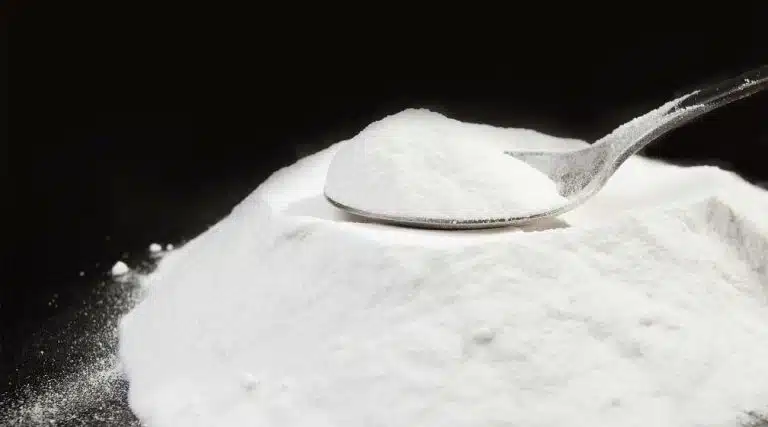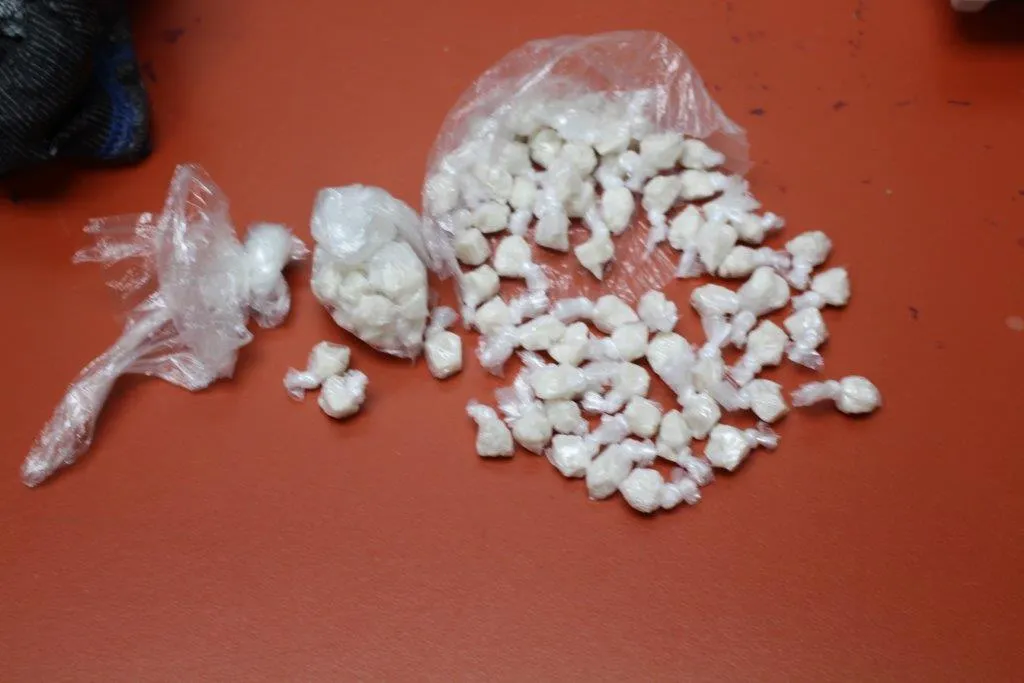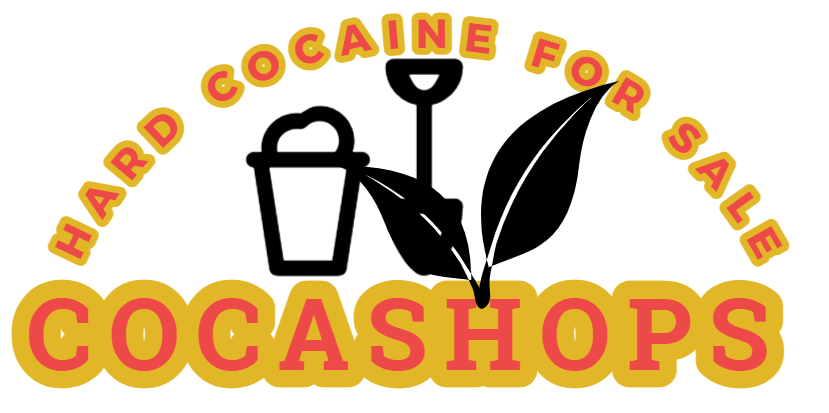Cocaine
what is uncut cocaine
Due to the fact that cocaine is almost exclusively used recreationally and has a large illicit market, the vast majority of it will contain impurities or be “cut” with other substances. what is uncut cocaine
Cocaine comes from the coca plant, native to Central and South America. When the drug is first extracted from the coca leaves, the manufactured product is estimated to be between 90%–100% pure cocaine. But as dealers move the drug to other countries like the United States, it is often cut and diluted a number of times before it actually ends up in the hands of the user. what is uncut cocaine
While some fillers and additives are harmless, many can cause health problems and put users at risk of potentially lethal side effects. Read on to learn more about the dangers of using cocaine that has been adulterated with other substances. what is uncut cocaine
What Is Cocaine Cut With? | Cocaine Cutting Agents

Cocaine is a stimulant drug that poses serious health risks, including addiction and overdose. It’s available in two forms: a white powder form, and a smokeable rock form called crack cocaine.
To make crack cocaine, a person dissolves powder cocaine in water and mixes it with baking soda or ammonia.
As with many street drugs, cocaine is often cut with other substances. These cutting agents make the drug even more dangerous than uncut cocaine. what is uncut cocaine
what is uncut cocaine
Common Cocaine Cutting Agents

From other substances to additives, fillers, and adulterants, many cutting agents are used by dealers to increase quantities and profits.
Stimulants
As a stimulant, cocaine causes a burst of energy and euphoria (intense joy). To heighten these effects, some drug dealers cut cocaine with other stimulants, such as caffeine and amphetamines. Common amphetamines include Adderall, Ritalin, and Vyvanse.
All stimulants increase the risk of cocaine addiction and overdose. In addition, amphetamines can cause other side effects such as:
- loss of appetite
- trouble sleeping
- exhaustion
- paranoia
- hallucinations
- Aggression
Local Anesthetics & Pain Relievers
Some people cut cocaine with local anesthetics like benzocaine, lidocaine, and procaine to produce a pleasant numbing effect. These substances can cause methemoglobinemia, a life-threatening condition in which your blood doesn’t receive enough oxygen.
Other cocaine additives that can have a numbing effect include over-the-counter pain relievers like acetaminophen (also called Tylenol or Paracetamol). At high doses, acetaminophen can cause liver failure and death.
Some people also add phenacetin, a pain reliever that’s no longer used for medical purposes because it can cause chronic kidney disease, kidney failure, kidney cancer, bladder cancer, other cancers of the urinary tract, and death.
Illicit Drugs
To intensify a cocaine high, a person may add other illicit drugs such as heroin, methamphetamine, or the opioid fentanyl. These additives significantly increase the risk of overdose and death.
Other Additives
Many drug dealers cut cocaine with substances that resemble the powder form of cocaine, such as:
- laundry detergent
- boric acid
- laxatives
- meat tenderizer
- levamisole, a veterinary medication used to remove parasitic worms in animals, which can be toxic to humans.
Because they look like cocaine, these additives allow dealers to charge for large amounts of the drug while only using small amounts.
If you or someone you love struggles with cocaine use, please reach out to an Ark Behavioral Health specialist to learn about our addiction and substance abuse treatment options.


